Eleanor Coppola: Notes On The Making Of Apocalypse Now
 jeudi 12 avril 2012
jeudi 12 avril 2012 
Although many of us are familiar with Sofia Coppola's famous father, Francis Ford, we know much less about her mother, Eleanor, a fascinating individual and artist in her own right. Here to tell us more about the life and work of Eleanor Coppola is our brilliant contributing editor, Francesca Berti, with her review of Notes on the Making of Apocalypse Now, Eleanor's diary from that time period. Grazie mille, Francesca, che famiglia!
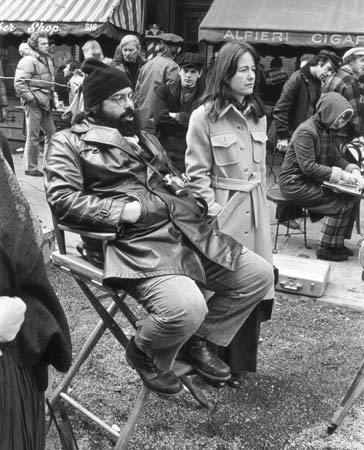
Eleanor Coppola e il Diario dall’Apocalisse
By Francesca Berti
Spesso si dice che dietro ad un grande uomo c’è sempre una grande donna e questo è proprio il caso di Eleanor Neil Coppola, moglie del celebre regista Francis Ford Coppola. Nata il 4 maggio del 1936 a Los Angeles da una famiglia irlandese-americana conobbe il marito sul set del suo film d’esordio come regista Terrore alla tredicesima ora, dove lei lavorava come assistente al direttore artistico. I due si sposarono l’anno successivo ed ebbero tre figli. Diario dall’Apocalisse è il libro scritto per mano della stessa Eleonor durante le riprese del film Apocalypse Now, dal marzo del ’76 all’agosto del ’77, che racconta in maniera coinvolgente e disarmante luci ed ombre della nascita di un capolavoro in un documento che ha la franchezza e il fascino di una cronaca personale.
Oltre al libro, vi sono due film-documentario; uno è intitolato Coda: Thirty years later che segue tutte le fasi della lavorazione di Un’altra giovinezza, il penultimo lavoro del marito, mentre il secondo, Viaggio all’inferno è il film montato da Bahr e Hickenlooper sulla base del materiale girato da Eleanor durante la lavorazione di Apocalypse Now. Particolarmente interessante è quest’ultimo documentario che riprende alcuni momenti salienti avvenuti fuori e dentro dal set, come il rito portafortuna ad inizio riprese che Coppola è solito celebrare per ogni suo film, tradizione portata avanti anche dalla stessa Sofia e visibile nei contenuti speciali di Lost in Translation. Questa cerimonia scaramantica consiste nel radunare tutti i componenti del cast i quali, stretti per mano, ripetono per tre volte la parola Puaba. Sembra che la radice di questa parola, scritta anche Poo-wa-bah, Poo-aba o Poha-baa, tragga le sue origini da una parola della tribù indiana degli Shoshone. Più precisamente la parola Poha-baa significa “acqua curativa”, dove Poha sta per potere o magia mentre Baa è la parola che gli indiani utilizzavano per chiamare l’acqua.
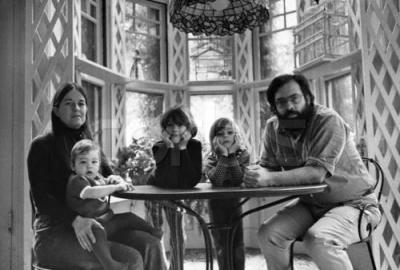
Oltre a questa curiosa usanza il video racchiude ovviamente tante interviste che si possono ascoltare dalla voce dei protagonisti e che sono intervallate da scene del backstage o del film che ci fanno capire pienamente lo spirito un po’ folle di queste riprese. Infatti, tanti furono gli imprevisti che avvennero in quei lunghi 238 giorni di riprese. Tanto per citarne qualcuno ci fu l’arrivo di un tifone che buttò giù le capanne dagli argini e spazzò via la tenda con all’interno 800 costumi per le comparse, il fiume si gonfiò e fece scomparire le casse dei rifornimenti vicine alla banchina, il motoscafo finì sulla pista d’atterraggio dell’elicottero, ecc... A questi incidenti di tipo tecnico si dovette aggiungere la sfiancante ricerca di finanziatori per le pazzesche difficoltà economiche incontrate e la ricerca degli interpreti disposti a lavorare per mesi e mesi nella giungla delle Filippine, scelte per la loro somiglianza con il Vietnam. Come se non bastasse, ci furono pressioni da parte del governo Filippino e la guerra civile al sud del paese. Per risparmiare, Coppola utilizzava elicotteri dell’esercito che non erano sempre disponibili quando questi venivano richiamati al dovere contro i ribelli musulmani. Fu necessario sostenere a livello fisico e psicologico gli attori, in particolare il protagonista Martin Sheen che ebbe anche un infarto e rischiò di perdere la vita. Anche lo stesso regista non venne risparmiato, infatti ebbe un esaurimento nervoso, perse 30 kili, affrontò una crisi di ispirazione relativa al finale e finì per mandare in crisi il suo matrimonio. Insomma, un vero inferno!
Eleanor era presente a tutto questo e con il suo diario non prese solamente nota di quella che fu l’avventura travagliata del film ma, attraverso la scrittura, cercò di ancorarsi all’abnorme realtà che minacciava di travolgere non solo la realizzazione della pellicola, ma anche il suo matrimonio. ‹‹Si prende coscienza a poco a poco di un’avventura che va troppo lontano. Abbiamo avuto una crisi, si trattava di una banale storia di tradimento tra coniugi, ma intensificata dal fatto che ci trovavamo lontano da tutto. Allora mi sono messa a scrivere›› racconta Eleanor. Nonostante tutti i problemi legati al film e alla sfera privata l’allora quarantenne Eleanor è “sopravvissuta all’inferno” ed è rimasta costantemente accanto al marito e ai tre figli che all’epoca avevano Sofia 4 anni, Roman 10 e Gio 12. Il tutto senza l’ausilio di baby sitter come sono solite fare la maggior parte delle star di oggigiorno. Dopo questo scossone i due coniugi fecero un patto: mai rimanere lontani per più di due settimane. Così Eleanor ha sempre raggiunto il marito in qualsiasi parte del mondo portandosi appresso i bambini, per la loro immensa gioia.

Questo diario, scritto in maniera semplice, ma mai banale, è un racconto privato altamente umano, è un dietro le quinte di una donna che vive l’Apocalisse come un viaggio nelle sue emozioni e in quelle del marito in perenne crisi con la lavorazione del film. All’interno sono state riportate anche queste brillanti parole di incoraggiamento che Eleanor rivolse al marito per sostenerlo e spronarlo nell’ultima fase della realizzazione del film ‹‹Quando Francis verrà, questo weekend, gli chiederò come sta andando il montaggio. Quanti minuti è riuscito a eliminare dalla sequenza finale, come va con la voce fuori campo. Dirò: non aver paura. Ricordi quelli che si buttarono dalla finestra quando crollò la borsa? Credevano di essere i loro soldi. Tu non sei il tuo film. Se gli altri pensano che è grandioso, tu non sei Dio. Se gli altri pensano che fa schifo, tu non sei uno scemo. Tu sei un essere umano che ha dato a questo film tutto quello che aveva. Non hai risparmiato niente e nessuno, neppure te stesso. Non c’è azione più coraggiosa di questa››. Dunque questa donna intelligente e sensibile non fa altro che accrescere, con il suo Diario dall’inferno, il successo del leggendario film.
Altrettanto interessanti e intimi sono gli altri libri scritti da Eleanor nel corso degli anni come Notes on a Life, raccolta di appunti quotidiani e lettere scritte ad amici in 30 anni, Unspeakable Rage che riguarda la sua apprensione di quando la giovane e inesperta Sofia recitò in un ruolo importante ne Il Padrino, Parte III e Notes che parla della tragica perdita del figlio maggiore Gian Carlo, Gio per i familiari, morto nel 1986 in un incidente con il motoscafo a soli 22 anni. All’epoca del fatto l’allora fidanzata di Gio, Jacqui de la Fontaine, era incinta di due mesi di Gia, che nacque dopo la morte del padre. Oggi la signora Coppola, che per la maggior parte del tempo vive nell’ombra degli altri componenti della famiglia, si occupa della ristorazione e della gestione della storica azienda vinicola di famiglia Rubicon, nella Napa Valley e disegna i costumi e le scenografie per la Oberlin Dance Company di San Francisco. Oltre che scrittrice, Eleanor è anche un’esperta fotografa, una pittrice e una scultrice. Che dire, senza dubbio una gran donna!

Eleanor Coppola and the Diary from Apocalypse
By Francesca Berti
Often we say that behind a great man there is a great woman and this is the case with Eleanor Neil Coppola, wife of the famous director, Francis Ford Coppola. Born on May 4, 1936, in Los Angeles to an Irish-American family, she met her husband on the set of his debut film as director, The Terror, where she worked as an assistant to the artistic director. The two were married the following year and they produced three children. Notes on the Making of Apocalypse Now
is the book written by Eleanor during the filming of Apocalypse Now
, from March 1976 to August 1977, that describes in an involved and disarming way the lights and shadows of the birth of a masterpiece in a book that has the frankness and the charm of a personal journal.
As well as the book there are two documentaries: one is called Coda: Thirty Years Later that follows all the stages of the work on Youth without Youth, one of the recent works of her husband, while the second, Hearts of Darkness
, is the movie co-directed by Bahr and Hickenlooper on the basis of the material shot by Eleanor during the making of Apocalypse Now. Particularly interesting is this latest documentary that films some salient moments that happened on and off the set, like the lucky rite at the beginning of the scene that Coppola celebrates for every film, a tradition carried on by Sofia and visible in the extra contents of Lost in Translation. This good luck ceremony consists simply in gathering together the members of the cast and, while holding hands, repeating three times the word “puaba.” It seems that the root of this word, written also as Poo-wa-bah, Poo-aba, or Poha-baa, has its origins in a word from the Indian tribe of Shoshone. More precisely the word "Poha-baa" means “doctor-water,” where "Poha" stands for power or magic, while "Baa" is the word that Indians used to call water.
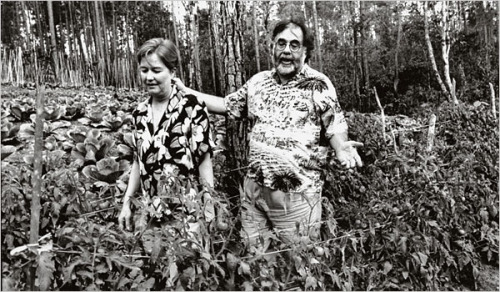
More than this curious custom, the video contains obviously lots of interviews in the voices of the protagonists and shots from backstage that help us better understand these scenes. In fact, a lot of hitches happened in those long 238 days of shooting. For example, the arrival of a typhoon that knocked the huts from the banks and swept away the tent with 800 costumes inside for the extras, the river swelled and swept away the crates of supplies near the quay, the speedboat finished on the run of the helicopter, etc… To these technical type of accidents we must add the wear on financiers for the incredible economic difficulties met and the research of the interpreters to be ready to work for months and months in the jungles of the Philippines, chosen for its resemblance to Vietnam. What’s more, there was pressure from the Philippines government and a civil war in the south of the country. In order to save money, Coppola used military helicopters that were not always available while they were called to duty against the Muslim rebels. It was necessary to support the actors on both a physical and a psychological level, in particular the main character, Martin Sheen, who suffered a heart attack and risked losing his life. Even the director was not safe, in fact, he had a nervous breakdown, lost 30 kilos, had difficulty finding inspiration for the final scene, and ended by going through a bad patch. All in all, a real hell!
Eleanor was present for all of this and in her diary she not only notes the troubled adventure of the film but in her writing she tries to anchor herself to the abnormal reality that threatened to overwhelm not only the realization of the film, but also her marriage. "One takes conscience little by little of an adventure that goes so far. We had a difficulty, a banal story of infidelity between spouse and consort, but intensified by the fact that we were far from everything. Then I decided to write." says Eleanor. Despite all the problems tied to the movie and her private sphere, forty year old Eleanor “survived the hell” and she remained always near her husband and her three children that in those years were Sofia (4 years), Roman (10 years), and Gio (12 years). All of this without the help of a baby sitter as used by most stars nowadays. After this jolt, the two partners made an agreement: never stay apart for more than two weeks. So Eleanor has always followed her husband to every part of the world bringing along the children, to their enormous joy.
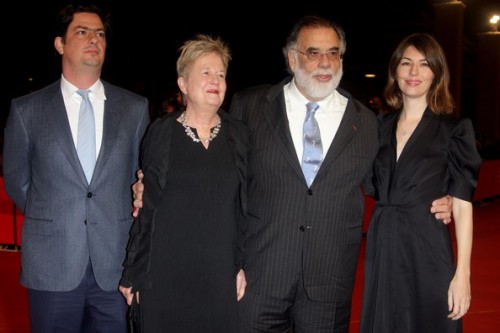
This diary, written in a simple way but never banal, is a very human private story, it is the backstage of a woman that lived Apocalypse Now as a journey in her emotions and that of her husband's everlasting difficulty with the production of the film. Inside are reported these brilliant words of encouragement that Eleanor spoke to her husband to support and spur him on in the last stages of the realization of the movie "When Francis comes this weekend, I will ask him how goes the cutting and editing. How many minutes he was able to eliminate from the final sequence, how it is going with the voices outside camp. I will say: don’t have fear. Do you remember the people that threw themselves from the window when the stock exchange collapsed? They believed they were their money. You are not your film. If other people think that it is great, you are not God. If others think that it is rubbish, you are not stupid. You are a human that has given to this film all that you had. You have spared nothing and no one, even yourself. There is no action more brave than this." This smart and sensible woman does not exaggerate the success of the legendary movie with her Notes on the Making of Apocalypse Now.
Also interesting and intimate are the other books written by Eleanor during her life such as Notes on a Life, a collection of daily notes and letters written to friends over 30 years; Unspeakable Rage that describes her apprehension when the young and inexpert Sofia acted in a significant role in The Godfather, Part III; and Notes
that speaks about the loss of her oldest son Gian Carlo, known as Gio to his family, who died in 1986 in a speedboat accident when he was just 22 years old. In that period Gio’s fiancée, Jacqui de la Fontaine, was two months pregnant with Gia, who was born after her father’s death. Today Eleanor, who for the majority of the time has lived in the shadow of the other members of her family, helps to manage the historical winery of the family in Napa Valley and she designs the costumes and the sets for the Oberlin Dance Company of San Francisco. Not only a writer, she is also an accomplished photographer, sculptor, and painter. What can we say, without a doubt Eleanor Coppola is a great woman!
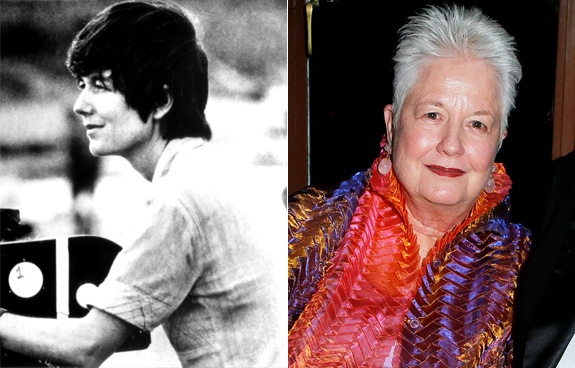
Eleanor Coppola family photographs courtesy of pilgrimakimbo.wordpress.com, lettertojane.com, gettyimages.com, nytimes.com, examiner.com, britannica.com, and nydailynews.com.
 kellina | |
kellina | |  3 Comments
3 Comments  Sofia Coppola in
Sofia Coppola in  Books,
Books,  Eleanor Coppola,
Eleanor Coppola,  Family,
Family,  Films,
Films,  Francesca Berti,
Francesca Berti,  Translation
Translation 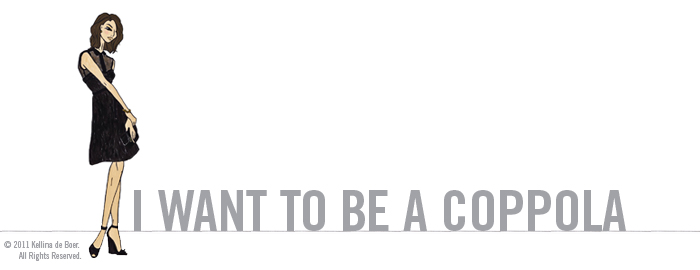
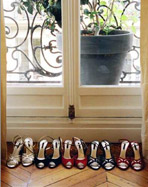
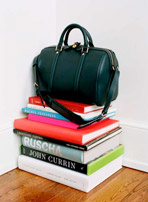
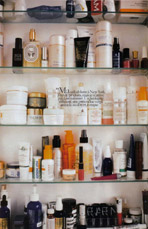
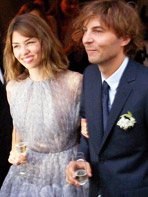
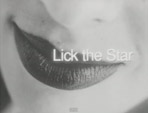
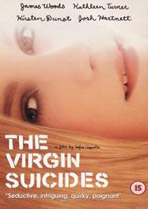
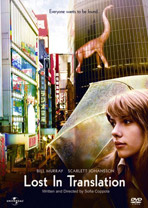
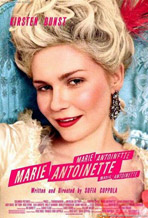
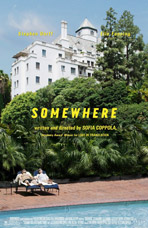
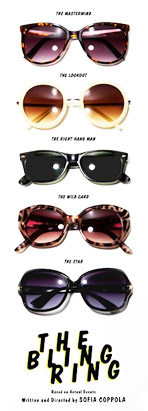
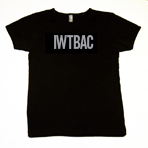
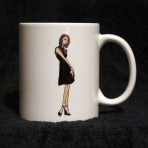
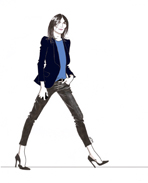


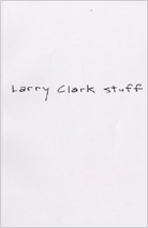
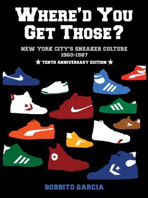
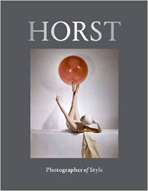

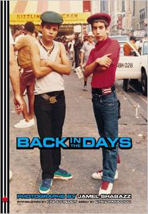
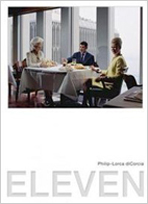
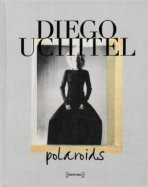
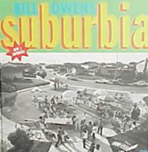


Reader Comments (3)
I didn't know anything about this woman before this article! She is very talented, but I remained particularly touched about her personal life.. infidelity, son's death, the growth of the niece without the father..
A special family for sure, but also so "normal"....